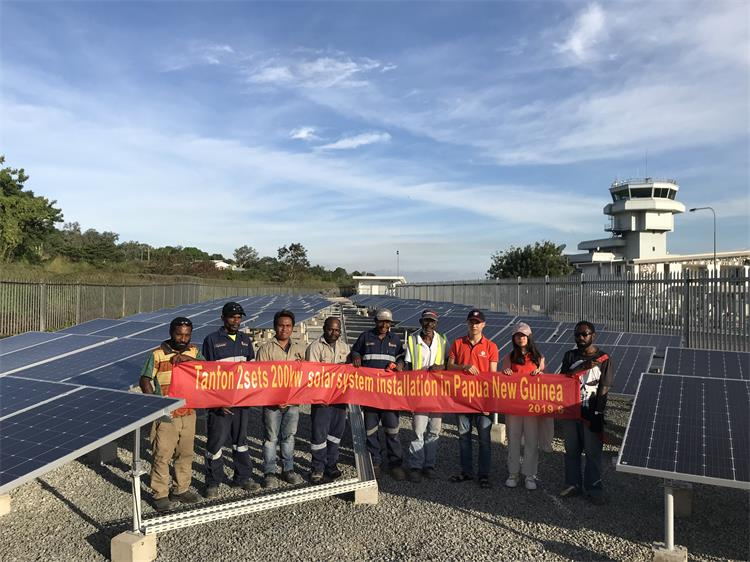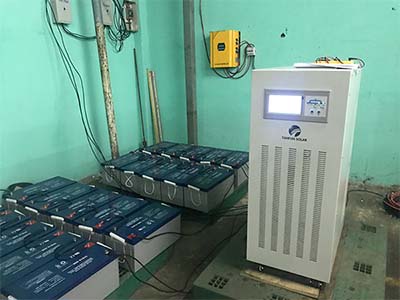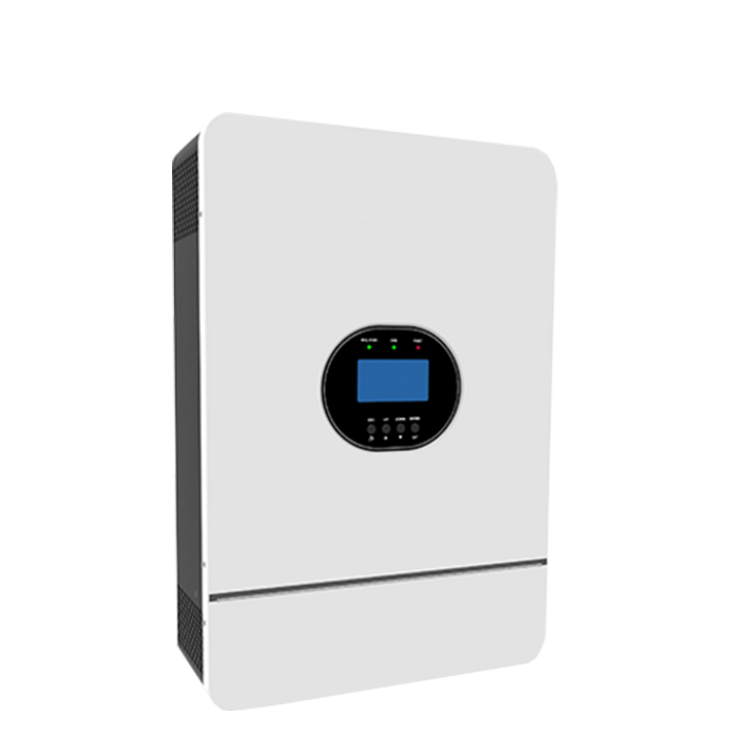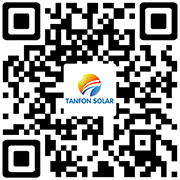 TANFON SOLAR
TANFON SOLAR
 September 14,2023
September 14,2023
Solar power has emerged as a leader in the fight for a greener future as the globe struggles to overcome the problems caused by climate change and the need to switch to clean and sustainable energy sources. The basic components of solar energy systems, solar panels, have underwent notable technological and financial breakthroughs in recent years. Solar panel prices are seeing dynamic trends in 2023 that are reshaping the renewable energy sector. In-depth research will be done on the variables affecting solar panel costs in 2023 and the implications of these trends for customers and the renewable energy industry.
Technological Progress
The ongoing development of solar panel technology will be one of the major factors affecting solar panel pricing in 2023. Manufacturers are spending a lot of money on R&D to improve the performance and longevity of solar panels. Higher-efficiency photovoltaic cells and bifacial solar panels, which can collect sunlight from both sides, are two recent breakthroughs that are proliferating on the market. While improving the performance of the entire system, these technological developments may also affect the price of solar panels.
Greater effectiveness Solar panels may require fewer panels overall for a given installation since they can provide more electricity per square meter. The market pricing of these sophisticated panels may be affected by their initial production costs, which could be greater.
The cost of these cutting-edge panels is anticipated to stabilize and then go down as technology advances and economies of scale are realized.
Supply-Chain Breakdowns
Like many other industries, the solar panel industry has experienced supply chain disruptions in 2023. The production and delivery of solar panel parts have been hampered by the ongoing COVID-19 epidemic and other unanticipated worldwide calamities. These interruptions have caused changes in supply and demand , which have an impact on the price of solar panels as a whole.
In other instances, sudden price rises have been caused by temporary shortages of essential components, such as glass or semiconductor materials. The price of solar panels has also increased as a result of shipping delays and rising transportation costs. However, these pricing variations are anticipated to decrease as supply networks adapt and stabilize.
Governmental Measures and Rewards
The development of the solar panel sector is heavily influenced by government incentives and legislation. Governments in several nations provide a range of incentives to encourage the use of solar energy. Tax credits, rebates, feed-in tariffs, and mandates for renewable energy sources are a few examples of these incentives. The availability and size of these incentives can have a big impact on how much it costs consumers to install solar panels.
The solar business will continue to gain from advantageous policies in numerous areas in 2023. However, because they frequently depend on political choices and financial constraints, the future of these incentives might be unpredictable. It's critical for customers to be educated about the changing regulatory environment since changes in government regulations and the growth or contraction of incentive programs can have an impact on solar panel pricing.
Manufacturing Industry Rivalry
Manufacturers of solar panels will still face intense competition in 2023. Market share competition among many businesses is promoting innovation and cost cutting. Due to the competition, solar panels are now oversupplied in some areas, further driving down prices.
This competitive environment can help consumers by giving them more choices and competitive prices for solar panel installations. To guarantee the quality and robustness of the panels, it is necessary to conduct thorough research and choose reliable producers.
Environment-Related Issues
The solar panel market will be more influenced by environmental factors in 2023. Both businesses and consumers are looking for more environmentally friendly and sustainable goods. Solar panels made from recycled materials and with a smaller carbon footprint are becoming more popular.
The desire for renewable energy has been driving the significant growth of the solar industry. Due to economies of scale brought about by this increase, the cost of producing solar panels has decreased. As more solar panels are manufactured, manufacturing techniques improve, lowering the cost per unit.
The economies of scale phenomena are a factor in the general downward price trend for solar panels. Due to the industry's capacity to produce solar panels more profitably in 2023, consumers can anticipate competitive costs.
Due to their use of sustainable resources and manufacturing techniques, environmentally friendly solar panels may cost a little more, but many customers are prepared to pay more for them in order to contribute to a more sustainable future.
Conclusion
The solar panel market in 2023 will be characterized by dynamic pricing patterns influenced by supply chain disruptions, government regulations, economies of scale, manufacturer competition, and environmental concerns. As a result, consumers may anticipate further reductions in solar panel costs, making solar energy more widely available and reasonably priced.
Although the solar panel market is fiercely competitive and changing quickly, it is crucial for customers to do extensive research, take into account their unique demands, and keep up to date with any government incentives and policies that might affect their investment choices. Solar energy can offer a cost-efficient and environmentally responsible option for supplying electricity to households and businesses in 2023 and beyond with the correct knowledge and decisions.
FAQ
1. What is the trend in solar energy in 2023?
Future energy supply will be dominated entirely by solar, according to Catchpole. "Solar is the single largest component of the new electricity capacity that is being installed globally." Cost is one of the drawbacks. The most affordable energy alternative is this.
2. What is the future of solar panels?
In the following five years, according to Panasonic, it plans to commercialize its perovskite cells. In 2030, according to the creator of the perovskite cell, Miyasaka, perovskite-based power generation would make up more than half of the solar cell industry rather than replacing silicon due to new uses such windows and building walls.
3. What is the new technology in solar panels?
Pyramidal lenses, developed by Stanford University researchers, promise to concentrate the amount of light that strikes a solar cell, getting the same amount of light to hit an area a third of the size. This innovation could increase the efficiency of solar panels in indirect light .
4. Do solar panels need maintenance?
Typically, the only maintenance needed for solar panels is routine cleaning and keeping obstructions away that could cast shadows over the panels. For best performance, solar panels require an open passage to the sun.












